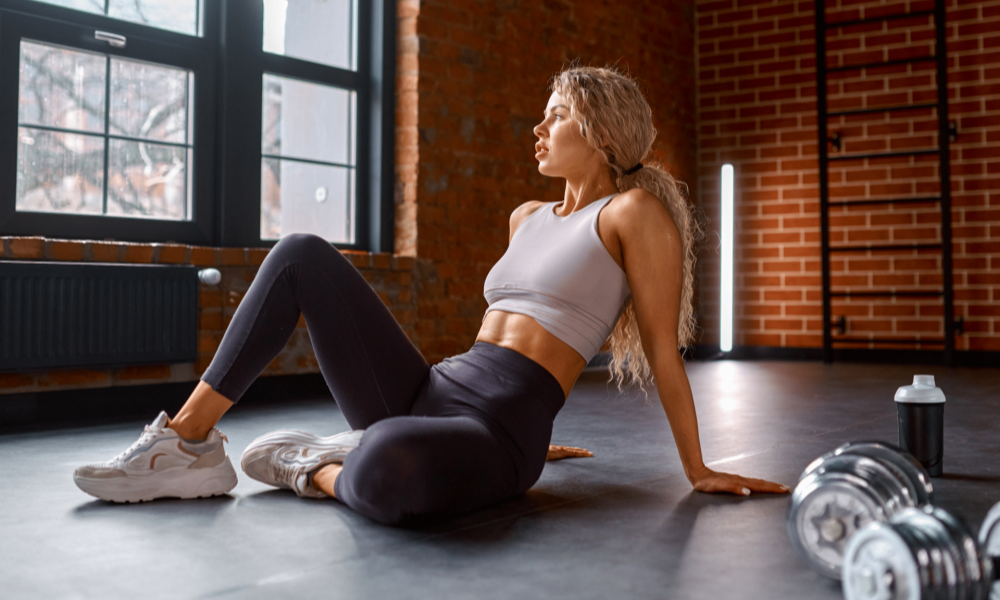One of the key components of physique optimization is establishing clear, achievable goals. Setting specific objectives allows individuals to create a focused plan that addresses their unique needs. Whether the aim is to lose fat, gain muscle, or improve athletic performance, identifying these goals is essential for creating a roadmap to success. This clarity not only boosts motivation but also helps in tracking progress effectively.
Nutrition plays a pivotal role in physique optimization. A well-balanced diet tailored to one’s goals can significantly impact body composition and energy levels. Understanding macronutrients—proteins, fats, and carbohydrates—and how they contribute to muscle growth and fat loss is crucial. Incorporating whole foods, such as lean proteins, healthy fats, and complex carbohydrates, can provide the necessary nutrients for optimal performance.

Additionally, staying hydrated is vital, as proper hydration supports metabolic functions and enhances recovery.
Strength training is another fundamental aspect of physique optimization. Engaging in resistance training not only builds muscle but also boosts metabolism, which aids in fat loss. A well-structured strength training program should include a variety of exercises targeting different muscle groups. This diversity not only prevents plateaus but also promotes balanced muscle development. Consistency in training is key, as regular workouts lead to cumulative gains over time.
Cardiovascular exercise is equally important in the journey of physique optimization. Incorporating both high-intensity interval training (HIIT) and steady-state cardio can help improve cardiovascular health while burning calories. HIIT, in particular, has gained popularity for its efficiency in fat loss and time-saving benefits.

Finding a balance between strength training and cardio ensures that individuals enhance both their physique and overall fitness.
Recovery should not be overlooked in the pursuit of physique optimization. Adequate rest and recovery are essential for muscle repair and growth. Incorporating rest days into a training schedule allows the body to recover and adapt, preventing burnout and injuries. Additionally, practices such as stretching, foam rolling, and even mindfulness techniques can enhance recovery and improve overall well-being.
Tracking progress is vital in the optimization journey. Utilizing tools such as fitness apps, journals, or regular assessments can help individuals monitor their achievements and make necessary adjustments to their plans. Celebrating small victories along the way can boost motivation and reinforce commitment to long-term goals.

Lastly, seeking guidance from professionals can enhance the physique optimization process. Personal trainers, nutritionists, and coaches can provide personalized advice and accountability, ensuring that individuals stay on track. Their expertise can also help in navigating challenges and overcoming obstacles that may arise during the journey.
Incorporating the principles of physique optimization can lead to significant improvements in both appearance and health. By focusing on goal-setting, nutrition, strength training, cardiovascular fitness, recovery, and progress tracking, individuals can create a sustainable approach to achieving their desired physique. Embracing this holistic method not only enhances physical appearance but also fosters a healthier lifestyle overall.

Leave a Reply